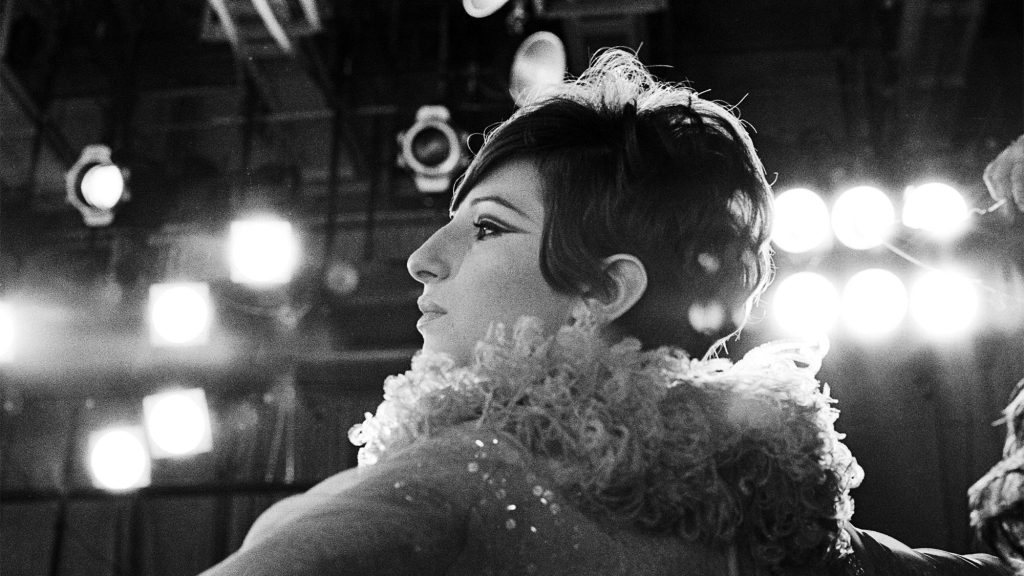
The multi-talented film actor Barbra Streisand was born in Brooklyn, New York City in 1942. A Jewish girl with an initially modest upbringing, she also happened to be the daughter of a semi-professional soprano, and a young Streisand would get the opportunity to record some songs with her mother at the Catskills. That was when she got the performance bug and she never looked back.
Streisand was singing so often that she became known on her block as the girl with the good voice (a great way to receive the attention she craved). She continued to pursue singing as a teenager and was, not surprisingly, a choir girl in high school. But becoming a famous actress was her main goal since childhood, inspired by such Broadway actresses as Susan Strasberg who she saw in The Diary of Anne Frank, and who Streisand would study along with other actors as well as passionately consuming a lot of biographies, plays and books about acting theories.
She got her first stage experience at the Playhouse in Malden Bridge as a walk-on before gradually getting bigger stage roles and pursuing the New York City stage at the age of 16, living on her own in an apartment on 48th Street, although she occasionally lacked a permanent address and would often spend the night with friends. When her then-boyfriend Barry Dennen (the actor and writer who was later known for playing Pontius Pilate in Jesus Christ Superstar) heard Streisand’s incredible singing voice, he encouraged her to enter a talent contest at a gay nightclub in Greenwich Village, which she handily won after stunning the audience into silence. She was invited back to that club regularly.
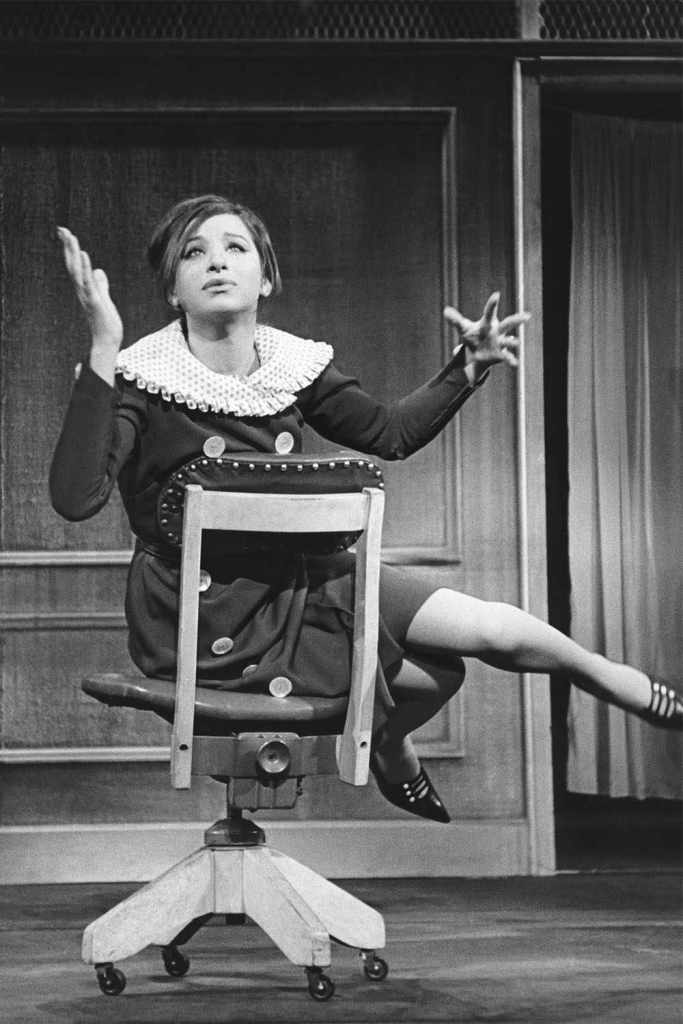
By the sixties Streisand was earning over $100 a week performing at clubs in New York and became the opening act for comedian Phyllis Diller, who called Streisand one of the great singing talents in the world. Even though Streisand was still determined to follow her dream of becoming an actor, she would take advantage of her success as a singer and use it as an entry point for stage access. And when she was on stage, she was good at using her sense of humor and conversational performance style to charm her audience. Almost as if she wanted to make sure people loved her for more than just her singing, which totally worked by the way. People loved her, and fun fact: she was only 20 years old by the time all this was happening!
Her first professional stage role in New York was in the satirical play Another Evening with Harry Stoones (which got negative reviews and literally only played for one day – ouch!) before she booked more upscale establishments like the Blue Angel in Manhattan, where Streisand was discovered by playwright Arthur Laurents (the man who wrote the book for West Side Story) who asked Streisand to audition for his musical comedy I Can Get It for You Wholesale. This time she was in a play that got rave reviews and theater critics called Streisand a showstopper. Not only that but Streisand’s role earned her a Tony Award nomination for Best Supporting Actress. Not bad.
The brilliant and talented Streisand would make occasional appearances on The Tonight Show, The Ed Sullivan Show and other programs and she earned praise from everyone from Johnny Carson to Groucho Marx to Judy Garland to Liberace to Time Magazine, which put her on their cover after her Tony-nominated performance as Fanny Brice in Funny Girl, the 1964 musical that introduced two numbers that became signature songs for Streisand: “People” and “Don’t Rain on My Parade.” This decade also saw the release of The Barbra Streisand Album, which won a Grammy, and her television special My Name Is Barbra, which won an Emmy! And in addition to her acting career, Streisand would continue through the decades to have success on stage, screen and record with her singing career. But this is primarily a film blog so I’m going to focus on her movies.
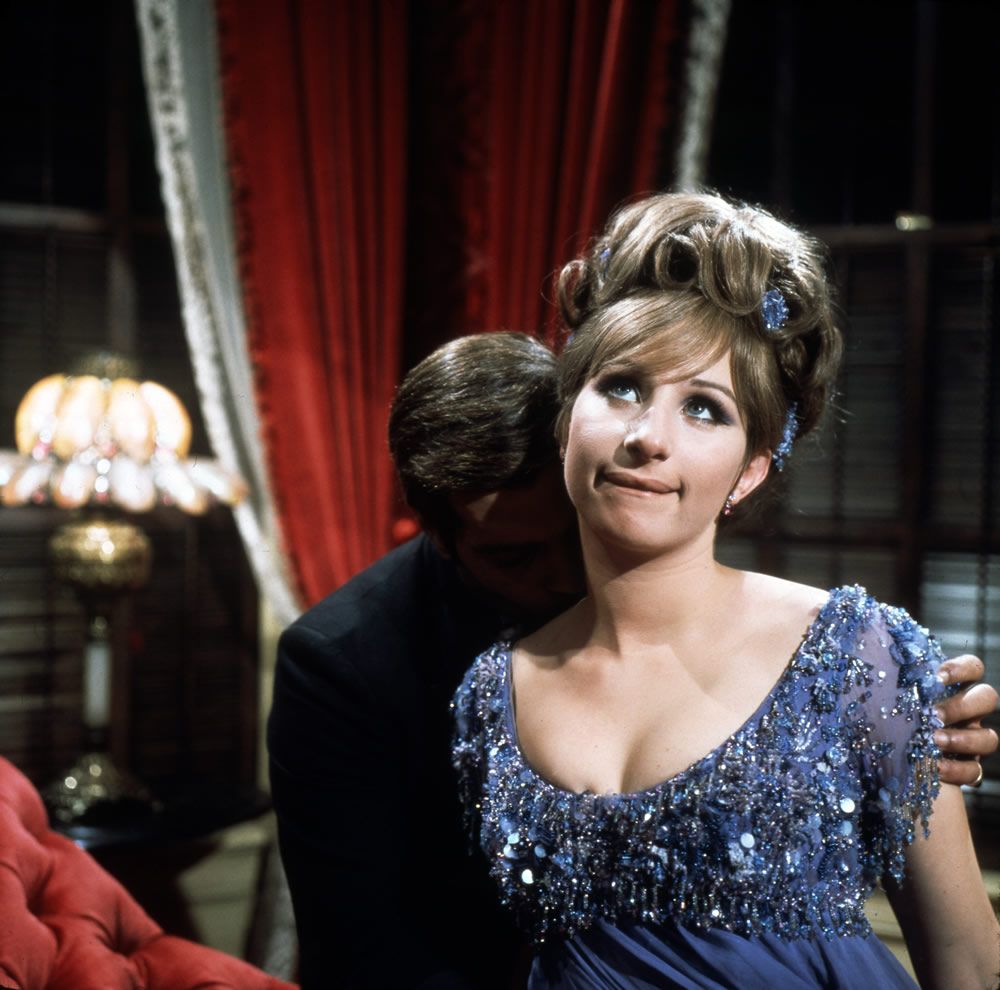
Streisand made her film debut in the big screen adaptation of Funny Girl, directed by William Wyler and released in 1968 to critical and commercial success with Streisand winning the Oscar for Best Actress (in a rare tie with Katharine Hepburn, who also won that year for The Lion in Winter). Streisand’s next two films were also adaptations of stage musicals – Hello, Dolly (1969) directed by Gene Kelly, and On a Clear Day You Can See Forever (1970) directed by Vincente Minnelli – and those were followed by a film adaptation of the Broadway play The Owl and the Pussycat in 1970, although none of these films were as successful as Funny Girl.
Her appearance in Peter Bogdanovich’s hilarious screwball comedy What’s Up, Doc? (1972) marked a turn for the better as she got to let her comedy chops take center stage opposite Ryan O’Neal in what became her biggest hit since Funny Girl. The film was truly a throwback style of comedy that brought to mind Bringing Up Baby, which was of course Bogdanovich’s intention, and Streisand would revisit the screwball genre with For Pete’s Sake (1974) directed by Peter Yates, and The Main Event (1979) directed by Howard Zieff and also co-starring Ryan O’Neal.
Meanwhile Streisand would also dip her toes in drama with Sydney Pollack’s highly acclaimed The Way We Were (1973) co-starring Robert Redford, a movie about two college students with completely different lives who come together, written by Arthur Laurents and adapted from his own 1972 novel of the same name. In this period Streisand also co-founded the production company First Artists with Paul Newman and Sidney Poitier as a way for movie stars to have more creative control over their movies. That company only lasted from 1969 to 1980 but Frank Pierson’s 1976 remake of the musical A Star Is Born starring Streisand and Kris Kristofferson would be one of that company’s biggest hits and it won the Oscar for Best Original Song thanks to “Evergreen.”
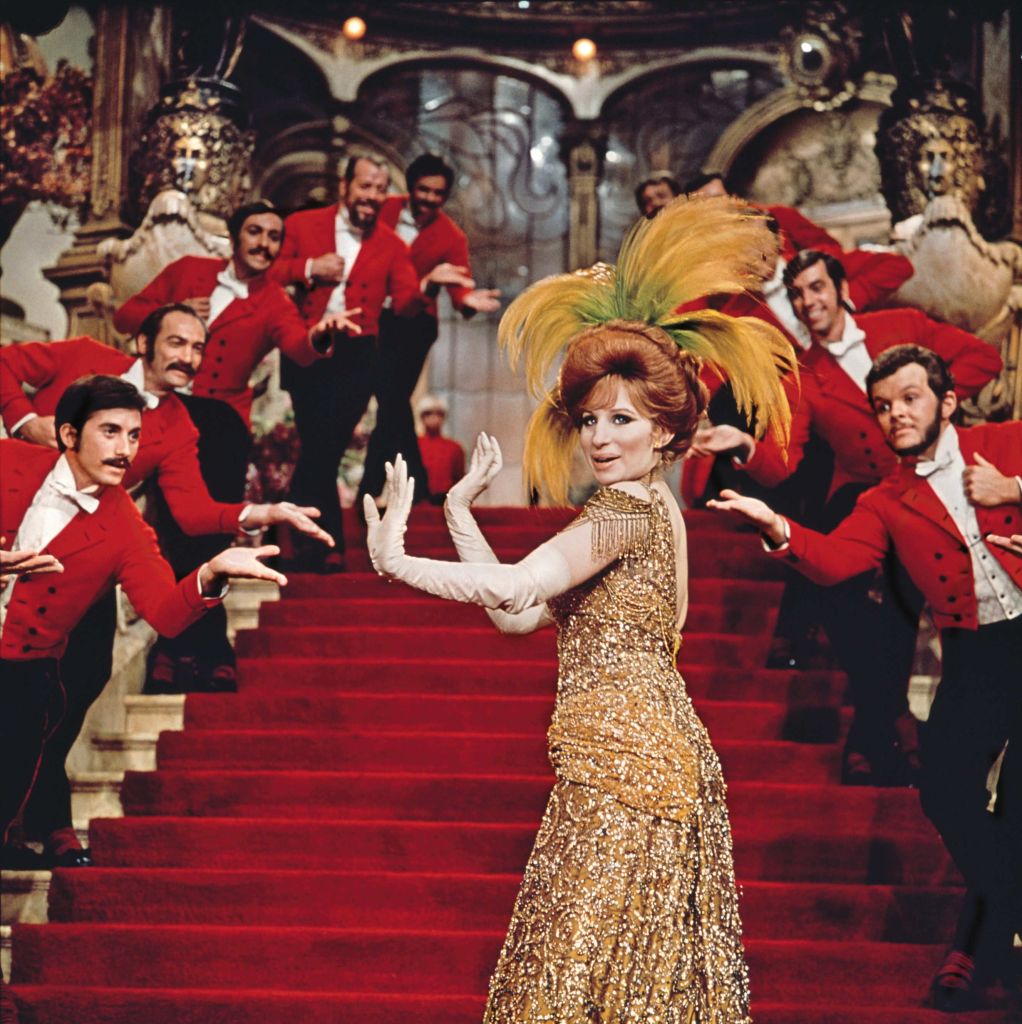


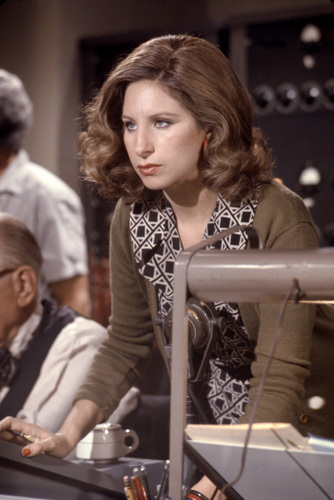
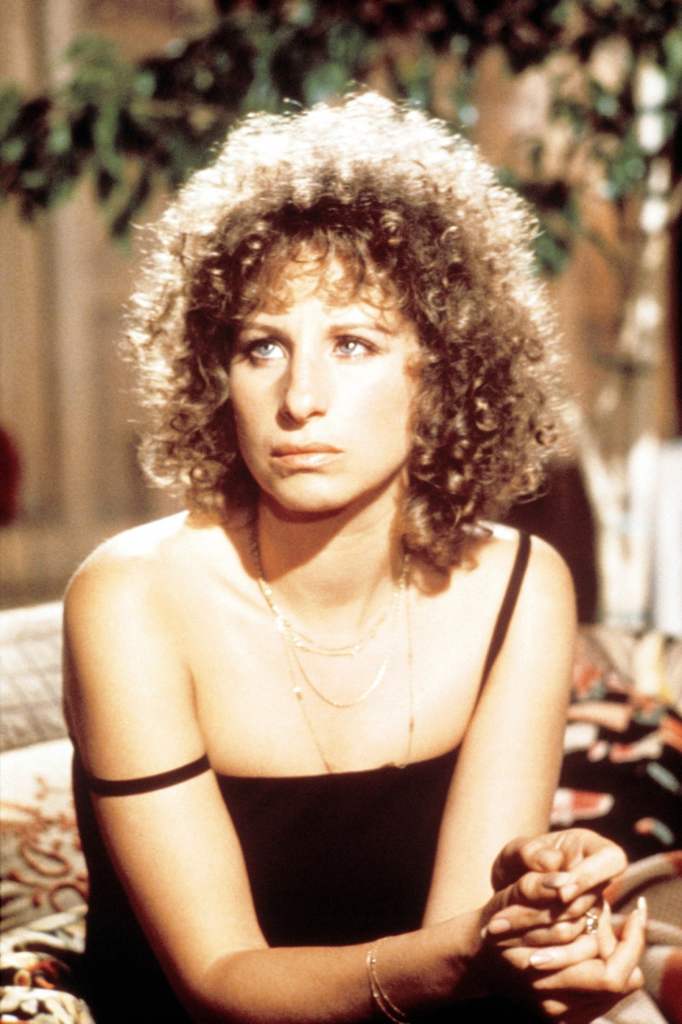
After starring opposite Gene Hackman in Jean-Claude Tramont’s 1981 rom-com All Night Long (another attempt at a throwback style of comedy by Streisand, who some critics called Marilyn Monroe-esque in this role), Streisand would find more success with Yentl (1983), a musical drama that not only was co-written by Streisand but also marked her directorial debut (Streisand is a person who valued having creative control). Based on Isaac Bashevis Singer’s short story Yentl the Yeshiva Boy, the film told the story of a Jewish woman in 1904 Poland who disguised herself as a man in order to receive an education in Talmudic law. Reviews were largely positive, it was successful at the box office and thanks to that movie Streisand became the first woman in history to win the Golden Globe for Best Director.

After Yentl Streisand made films less frequently, making occasional comebacks like when she tried her hand at a role in a legal drama called Nuts (1987) and when she directed and starred in romantic drama The Prince of Tides (1991) opposite Nick Nolte, a film that became a huge hit as well as an Oscar nominee for Best Picture. That was followed years later by her other directorial effort The Mirror Has Two Faces (1996) in which she starred along with Jeff Bridges, although that one was less successful commercially, critically and on the awards circuit. After that her only major screen role was opposite Robert De Niro and Ben Stiller as Roz Focker in Meet the Fockers, Jay Roach’s 2004 sequel to the smash hit comedy Meet the Parents. A role she would reprise in Little Fockers (2010). Her last screen role was in 2012 as Seth Rogen’s mom in road comedy The Guilt Trip directed by Anne Fletcher. All three of these comedies were largely disliked by critics and each made less money than the last.
Streisand had expressed interest in making films and even directing films again, but so far nothing has come to fruition. But she continues to be one of the most popular people on Planet Earth and not only is she an icon in Hollywood but she’s seen as an icon in the world of Broadway, New York, music, comedy, fashion and feminism. However I first fell in love with her on the screen and that’s where I continue to await her return.
